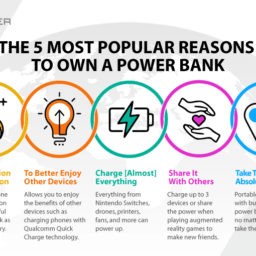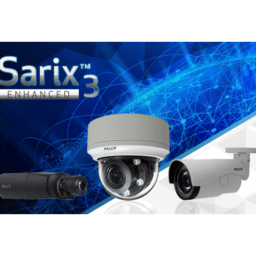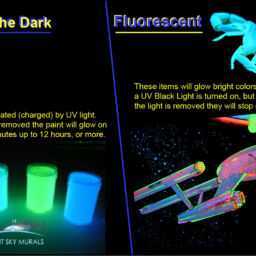Flashlights, called torches in British English, have been around for a long time. Hand portable illumination is clearly desirable in many situations. LED flashlights use the latest LED lighting technology to produce a better product in almost every way.
The first flashlight was introduced in 1899. It was made possible by the development of portable batteries with paste electrolyte instead of liquid as had been used before. Early flashlights, along with most of them for the next 100 years, used incandescent bulbs.
Incandescent bulbs produce light by heating a metal filament till it glows. They are relatively inefficient compared to more modern light sources, and they don’t last nearly as long. They also tend to be sensitive to shock, which is a problem since flashlights are frequently dropped.
Flashlights using fluorescent bulbs were sometimes used before LEDs became popular. They are significantly more energy efficient than incandescent bulbs, but are expensive and bulky. New models of fluorescent flashlights are becoming uncommon.
LEDs, or light emitting diodes, are not a new technology. However, until recently they were unable to produce white light. The first white light models hit the market about ten years ago. They are much more efficient than either incandescent or fluorescent bulbs. They have much longer lives and are significantly more shock resistant.
The major restraint on market success of LED flashlights has been their relatively high cost. Until the last couple of years they were so expensive that they were not used except for special applications. Their cost has been going down continuously and has reached the point where they are almost always the flashlight technology of choice, except in cases where extremely low cost is important.
LED flashlights can be much smaller than incandescent flashlights with the same light intensity and battery life. This is partly because a small LED can put out more light than the same size incandescent bulb. An even bigger factor is that the greater energy efficiency of the LED allows it to operate for the same amount of time with a much lower weight of batteries.
The smaller size of LED flashlights has led to some novel designs for them. A number of headlamp versions are on the market. Headlamps have been around for a long time, but these are surprisingly compact. There is a model that has three flashlights that can be fastened together to form a bright work light, used separately as flashlights, or in intermediate modes. There is one that has been advertised that is a band that straps around the arm with six LEDs positioned around it. The band shines light on whatever area your arm is pointed towards.
LED flashlights have finally hit the big time. The cost has fallen to the point that it is hard to justify not buying one. It probably won’t be long until the incandescent flashlight joins the fluorescent flashlight in obsolescence.
AUTOPOST by BEDEWY VISIT GAHZLY





